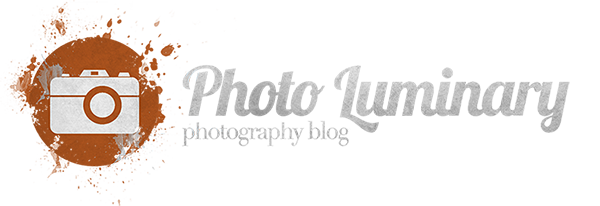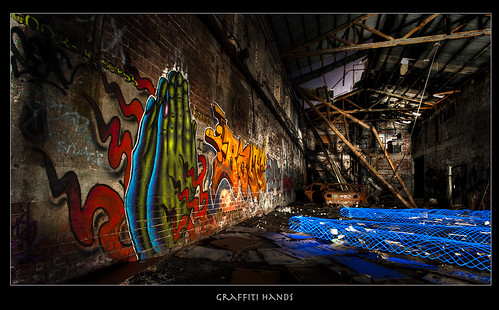Light Painting and Stock Photography
Stock photography is demanding. With millions of images to compete against, standing out from the crowd seems darn near impossible. Some of the most successful stock photographers have established a brand for themselves. Their style, subject matter, and high quality make them hugely popular with image buyers. Today I will discuss branding your portfolio and image style with the art of light painting.
Lighting is Everything
As photographers we are well aware that quality lighting makes or breaks any photo. This is taken to the extreme in light painting, where the light becomes the focus of attention.
Whereas a painter uses brushes and colored paint to create her artwork, a light painter uses any light emitting object to produce colors, shapes, and light intensities combined into a pleasing composition. By understanding the interplay between the colors various light sources produce, and our white balance settings, incredible and vivid images may be produced which are limited only by our imagination.
Well composed and planned light painting projects can produce images which are absolutely breathtaking. If you need some inspiration, check the Flickr groups specializing in this art form, such as this stunning composition by Brentbat.
Equipment and Camera Settings
We begin with a dark location. This can be a night time scene, or a darkened room. We then manipulate light sources while the camera’s shutter is open, causing the colors and shapes from the light to be rendered in our final image. Popular light sources include flashlights, laser pens, lanterns, sparklers, and even off camera flash combined with colored gels.
Light painting requires long exposure times. Sometimes very long. Shutter speed settings will almost always be a full second or longer. Some projects will require the shutter to stay open indefinitely while light sources are manipulated. Therefor a tripod or some way of stabilizing the camera is necessary if you wish to keep the image in sharp focus.
Closing down the aperture will give us a larger depth of field, increasing the area where our light can be captured in sharp focus. Of course there are no rules in art or photography, and there are especially no rules in light painting. You could go with a wide open aperture and shallow depth of field, capturing the light as a beautiful bokeh.
Methodology
Once you have stabilized the camera and are happy with your light intensities, rendered colors, and exposure settings, it is time to get creative. It is a good idea to visualize the final composition beforehand, and an even better idea to sketch it out ahead of time for easy referral. Be certain to have a strong composition. Otherwise you are just producing a mess of colors which probably won’t interest buyers.
With the camera shutter open, activate your light sources and manipulate them if necessary. You can paint the light directly onto the image, or you can use your light source to “paint in” objects which would not be illuminated otherwise. For example, you could use a flash light to paint the walls of an old barn at night.
Another example could be photographing an old farm house in the dark. Use a light source to softly paint the outer walls. Then, while keeping the shutter open, enter the house with an off camera flash and an assortment of colored gels. In each room, fire the flash with a different colored gel. The result will be a wild assortment of colored lights in the windows of the house.
Conclusion
It is important that we brand our photography, and become destinations for buyers. Whether we decide to specialize in a subject, dabble in the world of macro photography and HDR, or produce image quality which is above and beyond the competition, we want image buyers to recognize our work and look for our images.
Light painting is one way to produce images which stand out from the crowd. The final compositions are limited only by our imagination.




7 Responses to Light Painting and Stock Photography